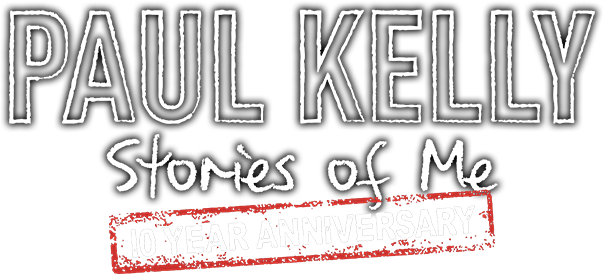Student’s Lesson
Cultural Value
One of the features of the late twentieth century that is being carried into the present is the blurring of the boundaries of ‘high’ and ‘low’ culture. Negative attitudes to ‘low’ or popular culture are not a new phenomenon. The Romantic poet Coleridge was just as disdainful of popular texts as some modern critics, believing that popular texts such as those Gothic horror stories written by Anne Radcliffe followed formulaic responses and failed to develop the reader or challenge their assumptions. This same anxiety about the power of popular texts to displace canonical texts can be seen in the influential work of Frederic Jameson on Postmodernism. He writes that:
“The line between high art and commercial forms seems increasingly difficult to draw… the erosion of the older distinction between high culture and so-called mass or popular culture. This is perhaps the most distressing development of all from an academic standpoint, which has traditionally had a vested interest in preserving a realm of high or elite culture against the surrounding environment of philistinism, of schlock and kitsch of TV series and Reader’s Digest culture and in transmitting difficult and complex skills of reading, listening and seeing to its initiates.”
— Jameson, Frederic. 1982 Postmodernism and Consumer Society, p.112
Paul Kelly is clearly operating as a commercial writer of popular songs which appeal to the everyday public and yet he is being studied alongside canonical writers such as Shakespeare in schools. The choice of Paul Kelly songs as texts for study in schools has elicited some interesting responses in the public domain.
Exploring attitudes about popular culture
If we look at criteria for selecting texts for study, we find that they usually demand such criteria as “literary merit” (VCE Victoria), “cultural significance” (HSC, NSW) or being “an excellent example of form and genre” (VCE Victoria). These are terms usually associated with “high culture”. So when the Victorian government decided to include Paul Kelly’s work on their senior study list there was a reaction across the country. Exploring these attitudes reveals a lot about what is valued in our society.
Follow the URL below and read the articles about the attitudes to Paul Kelly’s songs being placed on the Victorian Curriculum. Then answer the questions on the text.
‘Paul Kelly makes grade in exam list’ by Shane Green. SMH, November 14, 2005
- First impressions: What techniques are used in the headlines to attract readers? What do they make you expect to read: a positive or negative report? How are you being positioned by the words that follow?
- Values: Each of the articles is conveying different values from different people. List the speakers in the articles and next to their name, identify the values stated or implied.
- Assumptions: what are some of the assumptions that emerge in these articles about what should be studied?
- Perspectives: Trace the different perspectives. List these under the headings: political, economic, cultural, utilitarian. Which perspective do you agree with and why?
- Visual: Accompanying the article ‘Paul Kelly makes grade in exam list’, why do you think that the cartoon is purely verbal? What attitude is implied?
- Gaps and silences: Who is not being represented in this discussion? What values may be suppressed by these omissions?
- Synthesis of ideas: Identify the audience and purpose of each article. How are the difference in audience and purpose conveyed by the approach to news and by the style of writing?
- Conclusions: What conclusions can you draw about Paul Kelly and cultural capital in Australia?
Speaking:
Deliver a two minute speech in which you propose a work (or body of work) of popular culture by an artist that you believe should be studied in your English class. Support your point of view using the criteria of “literary merit”, “cultural significance’ and “an excellent example of form and genre”.
ANALYSING & EVALUATING RESPONSE / SUMMITIVE TASKS
